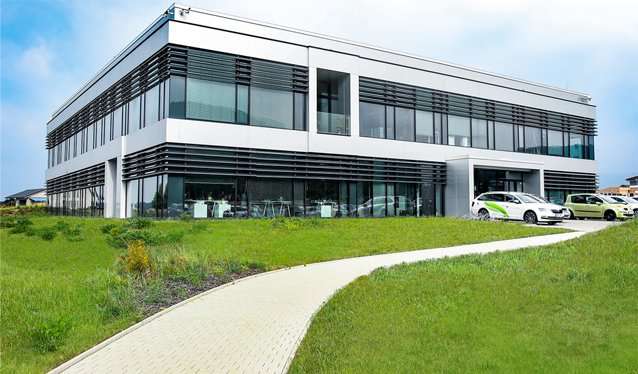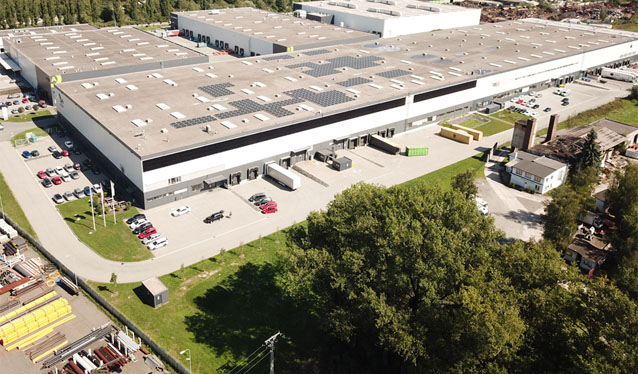

the atmosphere


Since 2019, we are watching CO2.
The carbon footprint is an indirect indicator of the consumption of energy, products and services. It measures the amount of greenhouse gases that correspond to a company's activities or products in a given calendar year. Procedures for determining GHG emissions are codified in ISO 14064 - Greenhouse Gases, ISO 14067 - Product Carbon Footprint and the international standard GHG Protocol. The measure of the carbon footprint is CO2 equivalents.
For 2023, we have expanded our carbon footprint calculation to include Scope 3. This expanded calculation covers the entire life cycle of our products, from production through transportation to final use and disposal.
It‘s up to each of us, how we‘ll decide to help the environment. MALFINI choose the reusable sources of energy and we are taking our part in other environmental friendly activities too. Take a look at what we do and let’s help the planet together!


Besides providing us with light and warmth, solar energy helps us save non-reusable energy sources. We started taking advantage of this at the beginning of 2017.
A photovoltaic system with a peak power of 42,12 kWp was installed on the roof of MALFINI’s administrative building in Ústí nad Labem order to generate electricity from sunlight. The energy supplies ventilation systems, air conditioning and heat pumps (70 kW) with electricity.
Solar energy is one of the most promising sources of energy, and therefore, in September 2019, we launched a unique hybrid photovoltaic system with accumulation in batteries in the logistics centre Ostrava-Kunčičky. The plant's output is 296 kWp, and with an annual production of 280,000 kWh, it will almost cover the need for the storage centre's electric power, including the supply of forklifts.
In 2023, we increased the output of the photovoltaic power plant by another 501 kWp to a total of 797 kWp with an estimated annual production of 750,000 kWh.
Electric cars are setting new environmental standards and in the future they will replace cars run on fossil fuels. Electromobility and renewable energy are part of the transport infrastructure that helps reduce man-made climate change..
So far, electric cars in our garage are Hyundai IONIQ and Hyundai KONA, which, among other things, offers two driving modes: Eco and classic. We plan on acquiring more electric cars in the future. In addition to the existing charging stand in Ústí nad Labem in September 2019, we also added a 30 kWh fast-charging station in Ostrava.
For example, the new Škoda Octavia produces 99 to 120 CO2 g / km.
For example, the new Škoda Octavia produces 99 to 120 CO2 g / km.